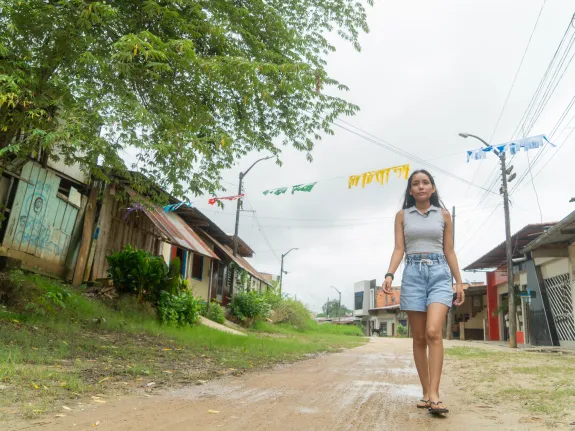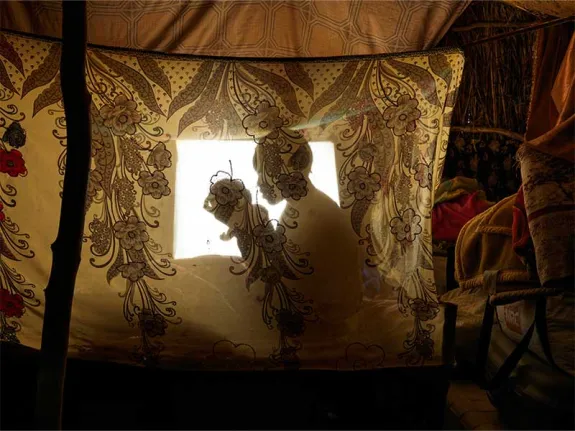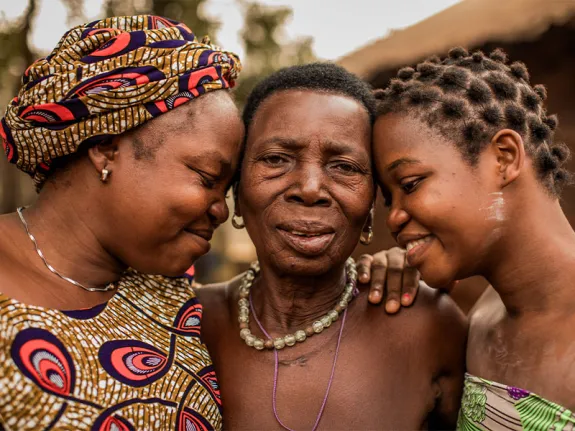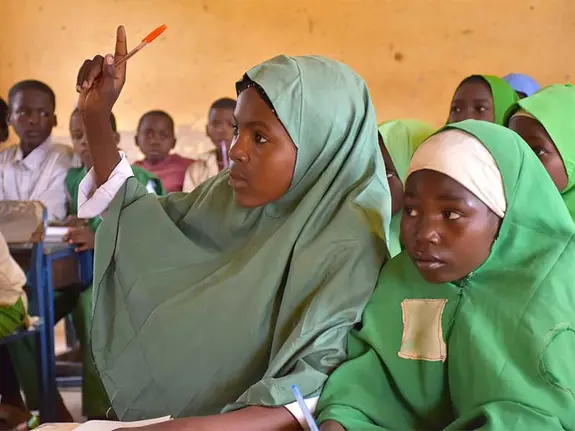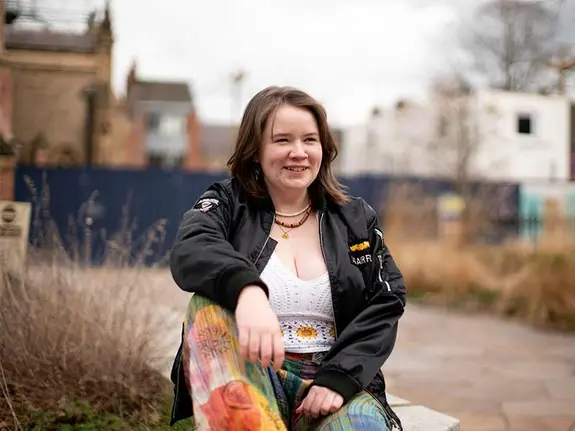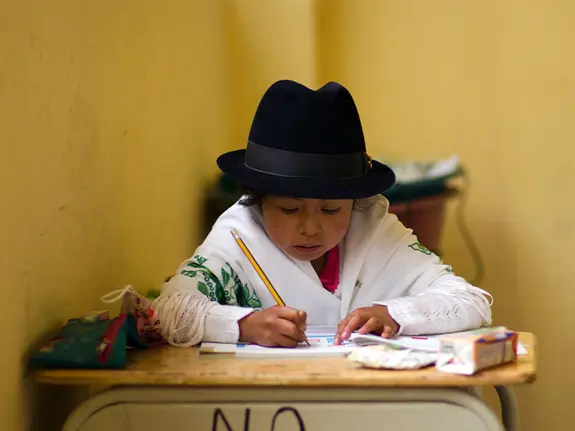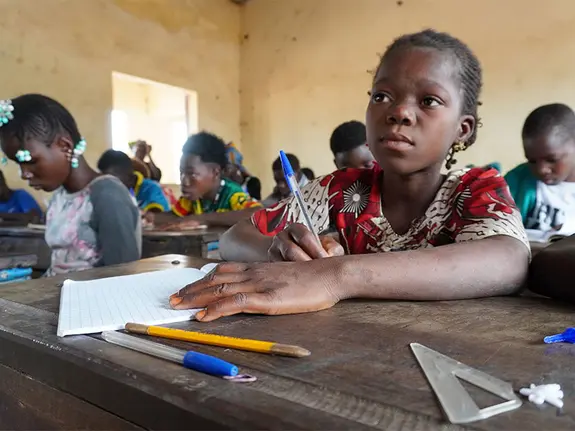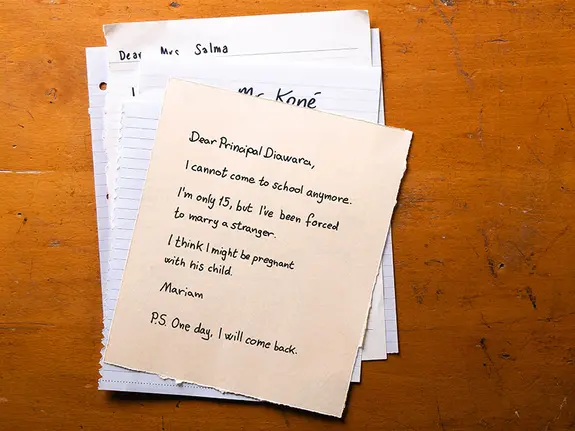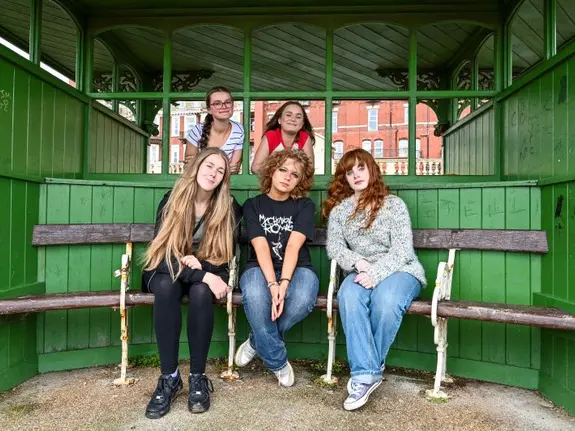Girls in crisis
How we’re supporting girls and young women growing up during conflict and crisis
How we’re supporting girls and young women growing up during conflict and crisis
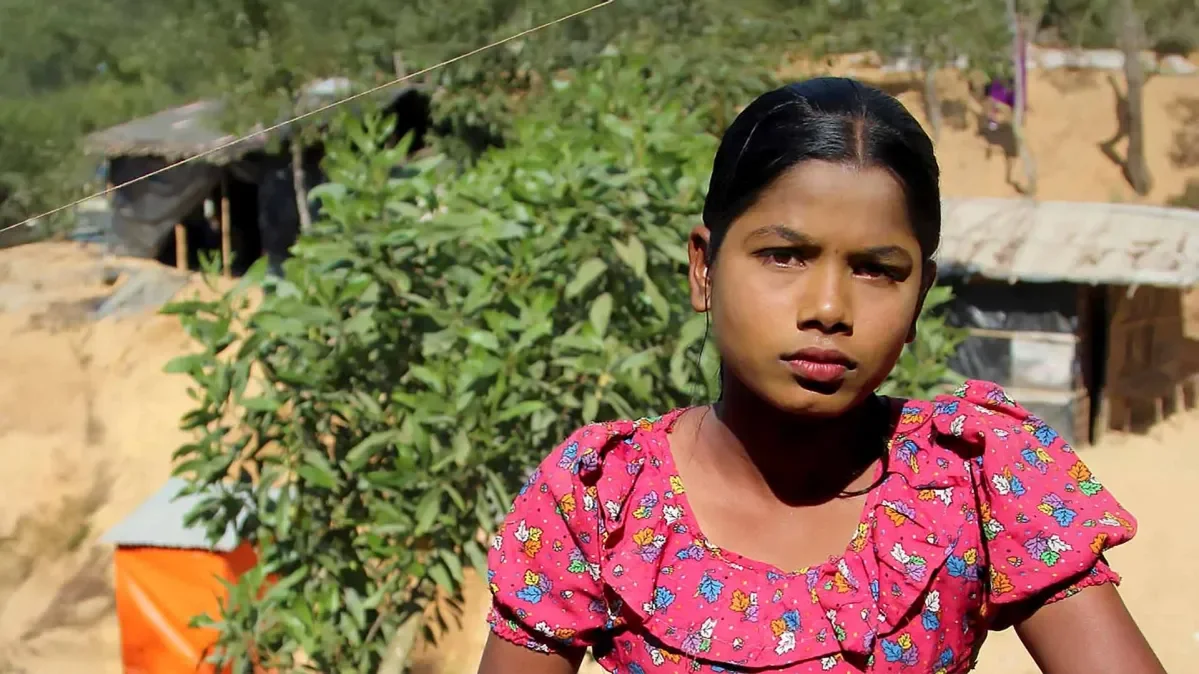
For girls growing up in poverty, adolescence is rarely a time of opportunity. Instead, it’s when they see their worlds start to shrink, and experience the vulnerabilities they face as girls more acutely.
Increased domestic work, the risk of gender-based violence, child marriage, pregnancy and childbirth can all impact girls, keeping them away from school, limiting their life choices and preventing them achieving their potential.
This is especially true for the millions of adolescent girls living in countries affected by conflict and humanitarian crises, whose environments make navigating these challenges immensely more difficult.
Girls and women's voices
are unheard during emergencies, leaving their experiences invisible and their needs overlooked
Girls in conflict
are two and a half times more likely to be out of school than those in peaceful contexts
More than 500 women and girls
in emergency situations from complications due to pregnancy and childbirth every day
Help create a fairer world
Help build resilient communities that can support and protect girls as they grow.
Stand in solidarity with girls in crisis
We must act now to ensure the new Government department listens to girls, especially those living through crisis, and continues to put girls at the heart of its global action.
That’s why, we are asking you to contact your local MP to call on the new Government department to seize this critical moment by setting out an ambitious vision which puts promoting equality for girls at its heart.
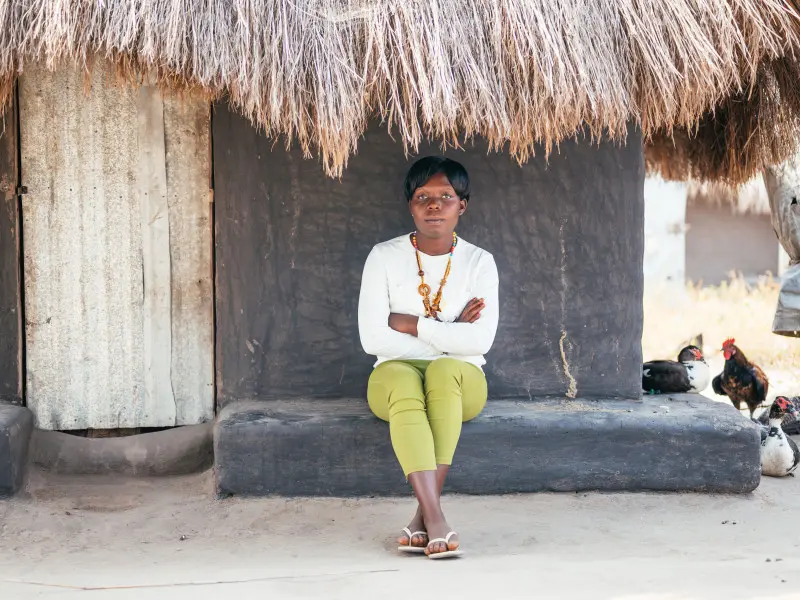
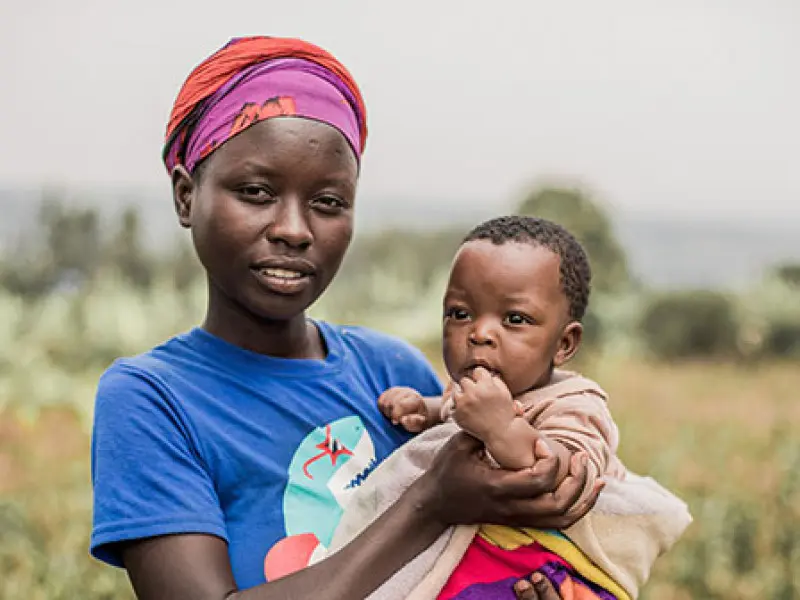
Coronavirus
The coronavirus crisis is having a devastating impact across the world, but for the millions already living through conflict, displacement or natural disaster – it has meant a crisis on top of a crisis, turning lives upside down. This pandemic will exacerbate, and make it ever more challenging to meet the significant existing needs of girls living through crises. We must ensure that the existing crises are not forgotten within this pandemic and suffering further exacerbated. Our latest briefing papers seek to draw learnings from previous health crises and well as provide a snapshot of new research on the impacts that the Covid-19 crisis is having the lives of adolescent girls.
Evidence for prevention and assistance
The trafficking of girls and young women
Women and girls account for 71 per cent of the identified victims of human trafficking globally. They are often forced to make impossible choices for their mere survival. Conflict and humanitarian crises are contributing factors.
Our report, written with the International Organization for Migration and the London School of Hygiene and Tropical Medicine, describes the trafficking routes of girls and young women aged 0 to 24 years old from Nigeria, Nepal and Uganda. It provides a snapshot of their lived realities to help inform efforts to address human trafficking through gender-and-age-sensitive approaches.
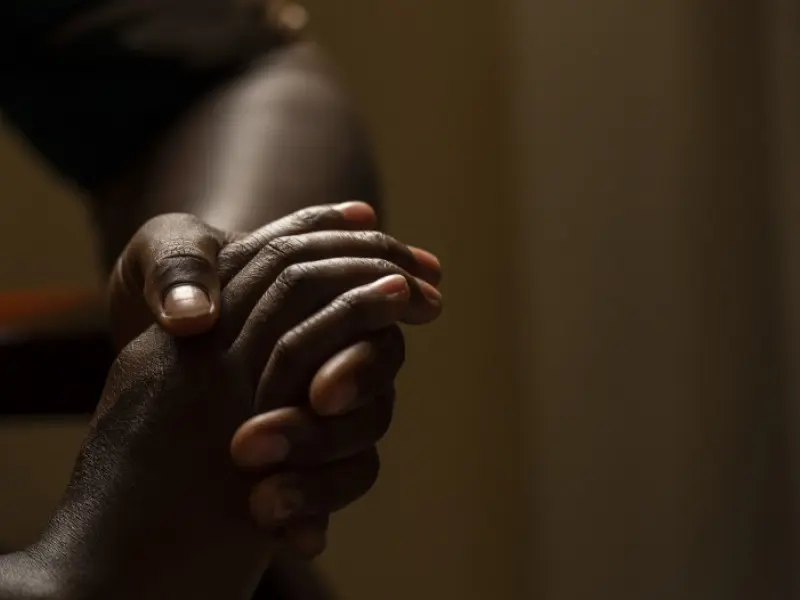
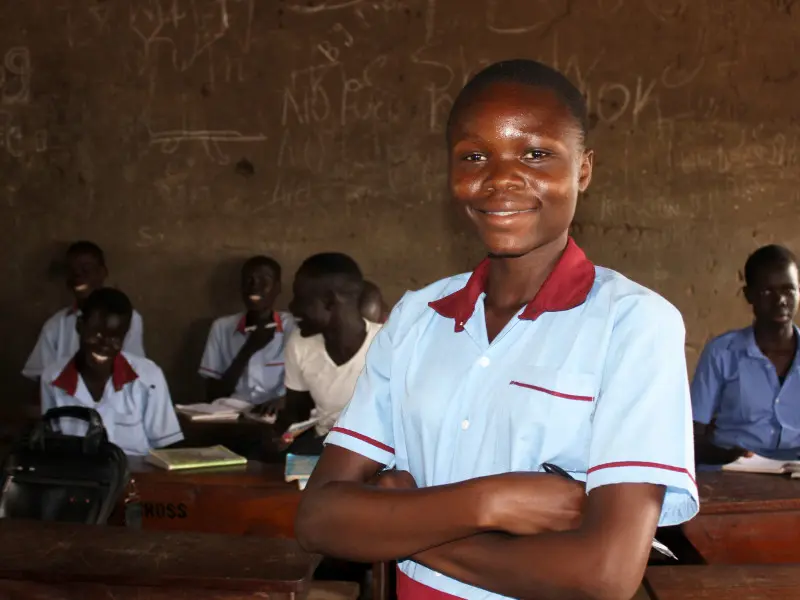
Adolescent girls’ secondary education in crises
Left out, left behind
Receiving 12 years of quality education is critical for adolescent girls and boys. However, humanitarian crises are placing this in jeopardy.
While some progress has been made to improve girls’ and boys’ access to education during humanitarian crises, staggering gaps remain. Our report reveals alarming new data on adolescent girls’ education in crisis-affected countries, for secondary education in particular. Put simply, adolescent girls are being left behind.
Please note: this report may not display properly in Internet Explorer or Edge.
Adolescent girls in crisis: Voices from the Lake Chad Basin
The crisis affecting the Lake Chad Basin is one of the most severe humanitarian crises happening in the world. More than 2.2 million people have been displaced and levels of hunger and malnutrition are high.
Our report seeks to highlights the specific needs of adolescent girls living through this crisis, not only to understand the issues they face but also to bring their voices to a public platform, and highlight the role they can play in building peace and prosperity in the region.
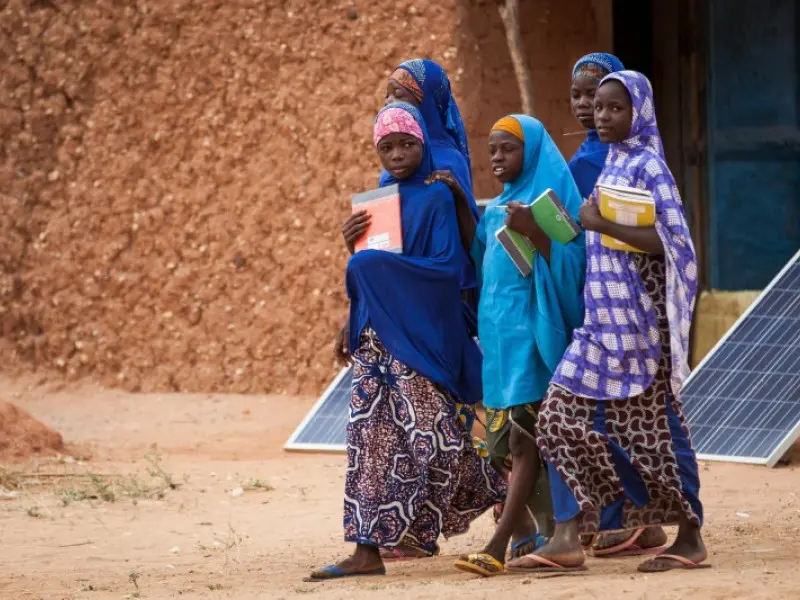

Growing up a girl in south Sudan
In the last five years, the conflict in South Sudan has displaced four million people and left seven million in need of humanitarian aid. Everyone has had their lives torn apart, especially adolescent girls.
Our report explores how girls understand and are responding to the unique impact the crisis has had on them. Its aim is to amplify their voices and perceptions of the conflict, and their views on how the humanitarian sector can support them most effectively.
Experiences of rohingya girls in bangladesh
In 2017, violence broke out in Myanmar’s Rakhine state, forcing almost a million Rohingya people to flee their homes. Many are now living in refugee camps in Cox’s Bazar, in neighbouring Bangladesh.
Understanding girls' experiences in the camps can give the humanitarian sector a unique insight into how best to support them as they navigate the crisis. Our report explores the impact recent events have had on Rohingya girls, and how they’re responding to the challenges they're facing.
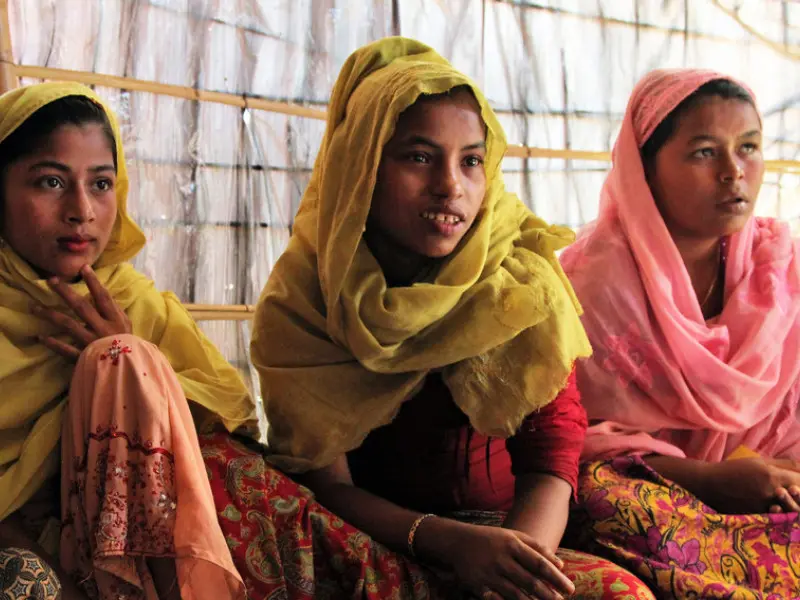
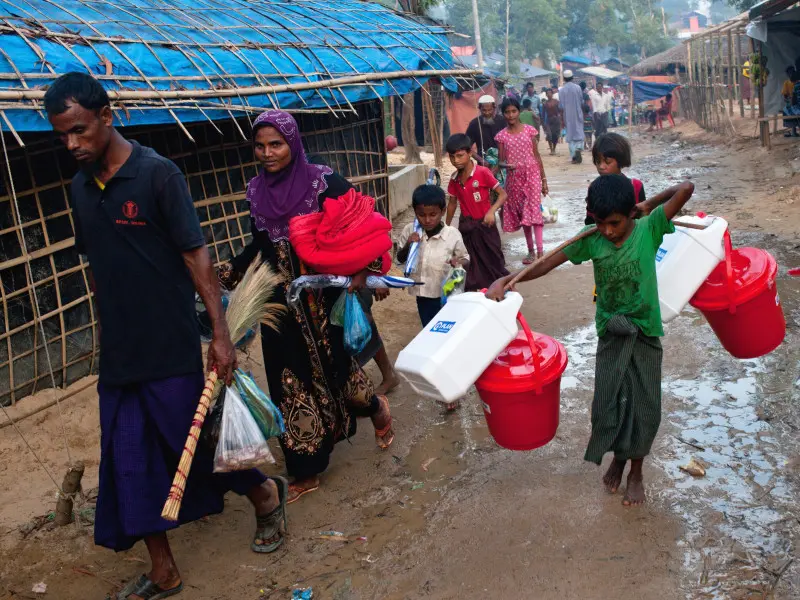
How we respond to emergencies
Around the world, we’re helping children and communities living through disasters, conflict and crisis.
We provide essential relief when an emergency happens, including water, food, shelter and healthcare. We help children recover from trauma and protect them from abuse, providing areas where they can play and feel safe, as well as education opportunities and psychosocial support.
We also work with communities on long-term recovery, and help young people develop skills so they can prepare for and prevent future disasters.
Resilience and emergencies
Find out more about how we respond in an emergency.
